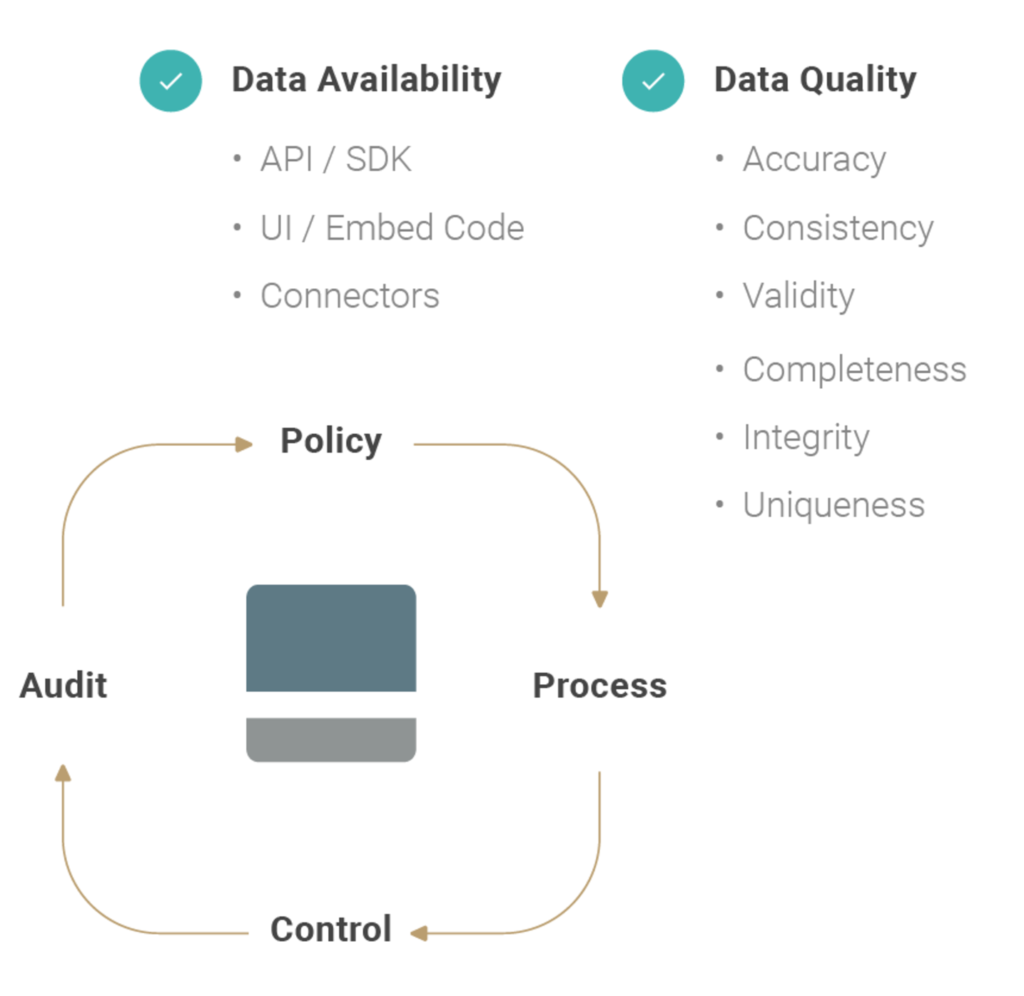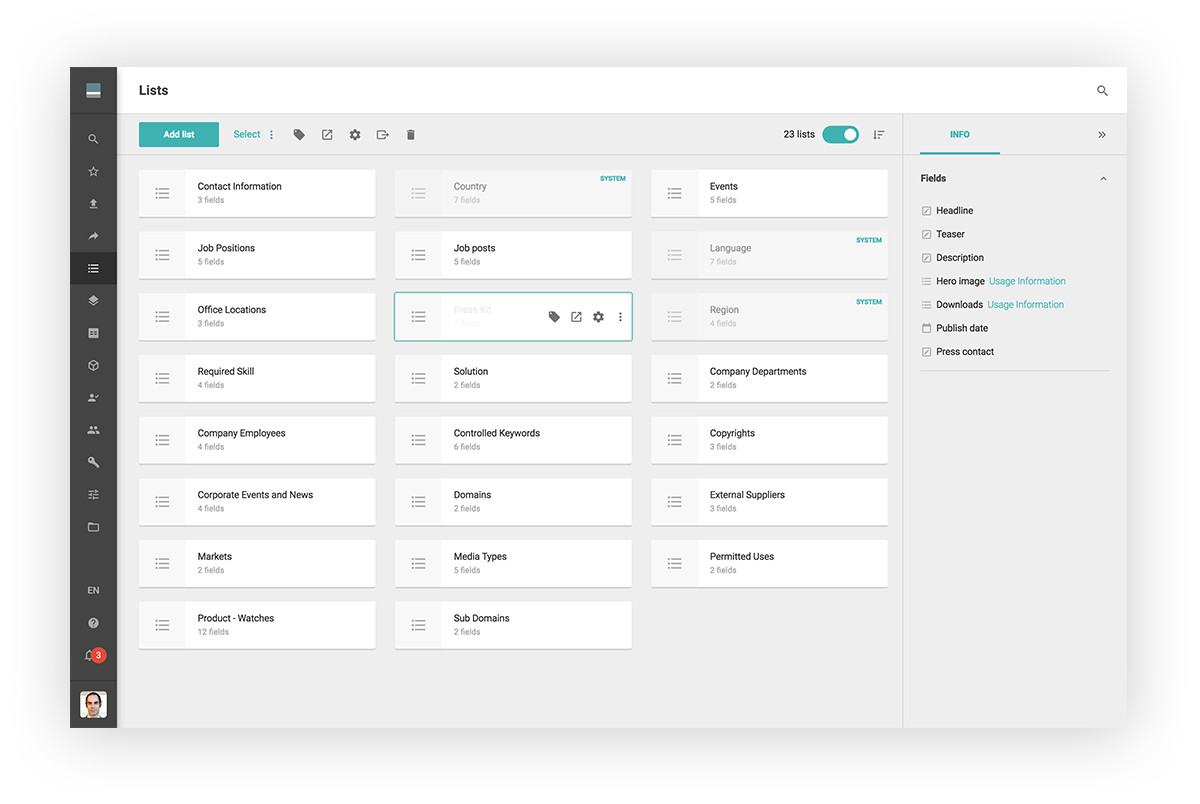By Picturepark Communication Team • Nov 06, 2017
In short, the purpose of master data management is to have a single system where your organization’s important information can be stored, managed and accessed in compliance with policy and governing regulations.
Typically, MDM systems are used to manage corporate vocabularies, product data and the like. But master data can refer to managing any official answer to questions that are asked over and over: What were your official sales figures for last year? How many employees do you have worldwide? In what year was your most popular product first released? Who is the managing director of your London office?

Information like this is valuable to internal teams that produce financial reports, brochures and other content that relies on official information. Yet without a single master data source that is trusted, easily updated by authorized individuals, and accessible 24/7, worldwide, from any type of device, users will rely on the last information they received, no matter how outdated it might be. Or, they will initiate research sessions through Intranets or email threads that are time consuming and involve too many people.
Master data sources are also valuable for presenting content to media outlets, investors, regulators, customers and others outside your organization. Imagine the value and time savings of being able to update the customer support phone number for your Singapore office in one location, knowing that value can be instantly propagated to all websites and apps where that number has been published. No need to update multiple systems; no need to even notify the managers of those systems.
The Picturepark Content Platform makes it easy for you to build the Content Types upon which each of these listings will be based, and it makes it easy to maintain that content and make it accessible to external systems. If another system already serves as your master, you can use the Content Platform as a means for routing that data to sources that need it.

The concept of master data management is not new or unique to Picturepark. It is a practice common to larger organizations. But until the Picturepark Content Platform, the practice generally required large-scale enterprise software deployments that could take years to develop and cost millions, or it was limited to the scope of specific systems, such as product data (PIM) or media files (DAM). While there is no question that master data management is critical to the world’s largest companies (and often required by regulation), it can be extremely valuable within smaller initiatives too.
Similarly, digital asset management was once considered of value only to larger organizations, or those with larger content collections. Today, we appreciate how DAM provides benefits to collections and organizations of all sizes. Master data management is no different. In fact, when you consider all the data-based listings and values that are on your website right now, the value of master data management might even be more apparent.
Depending on the template used and content shared, additional embed options are available. Certified developers can also provide their own code for embedding content the way they want.
Continue reading the next article in this series or choose from the articles listed below.
